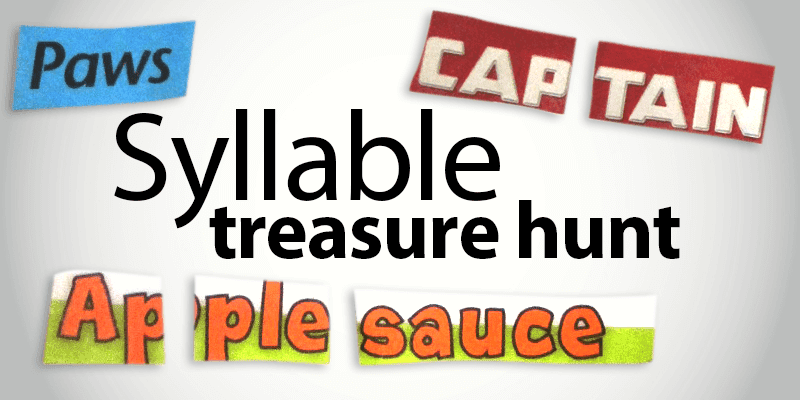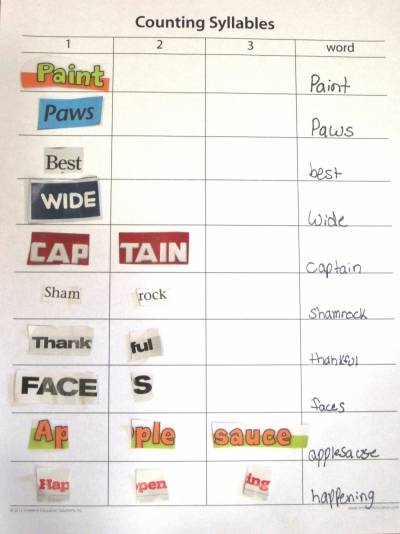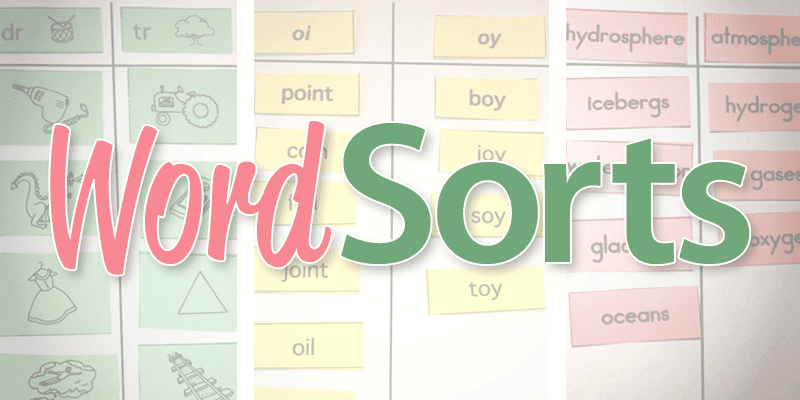Learning Center
reading
Review syllabication skills
May 16, 2012

Simplify syllables
To help our youngest learners understand syllables, something as simple as a foldable could make syllables more visible and tangible.
To make a syllable foldable, cut 8.5 x 11 paper lengthwise in thirds to form three long rectangular strips. Create accordion folds for each syllable section needed. Determine the number of syllables based on student readiness and word length. Create 2-, 3- and 4-fold strips and place a large dot on the creases of each fold to show the syllable break.
Then model how to read a word on the strip. Demonstrate decoding the first syllable and then open the fold to reveal the second syllable. Continue decoding and opening folds until the entire word is unfolded.
After modeling, let students practice in a small-group setting before turning it into a literacy station activity. (Older and high-ability students can write their spelling words, word-wall words, or academic/core vocabulary terms onto pre-folded strips.)
End-of-the-year review
The end of the year is a great time to review syllabication skills. Here’s a short treasure-hunting activity that can easily be added to a Word Work station even during last days of school.
Counting Syllables Student SampleProvide students with a 4-column template. Identify an appropriate number of words and syllables for them to find. For example:
- Find 4 one-syllable words.
- Find 4 two-syllable words.
- Find 2 three-syllable words.
Using newspapers, magazines, and other print materials, students scour the text looking for words that have the required syllables. When they find a word, students cut out the whole word and cut it again to represent each syllable break. Using glue sticks, students adhere the different word parts into the different columns and write out the whole word in the far right column.
FYI: This same concept could be done using lined paper or a page of a spiral notebook. Sometimes the lines help primary students maintain straighter rows.
This simple strategy can accommodate differentiation, as students can practice with multisyllabic words based on their developmental readiness.






